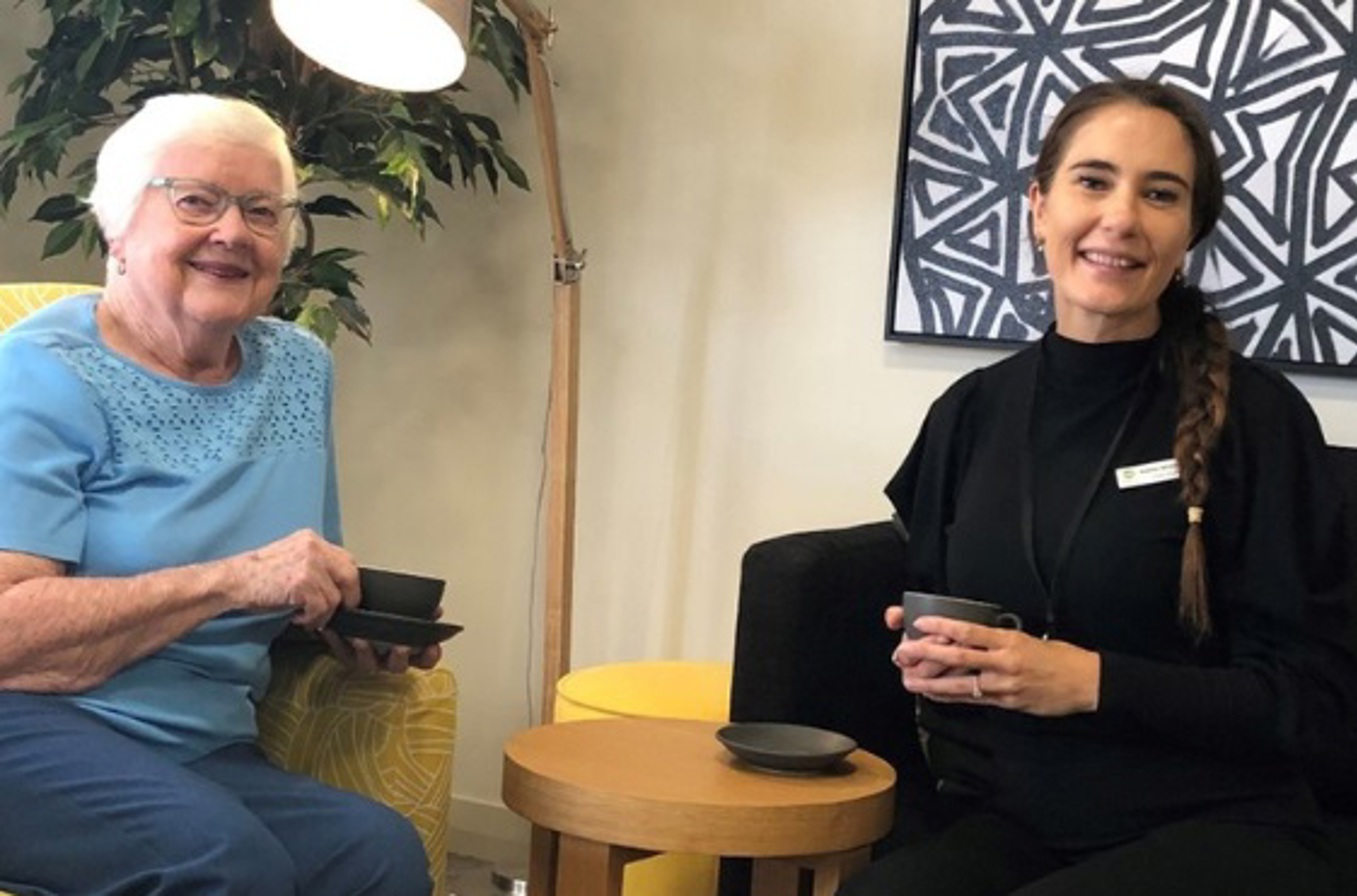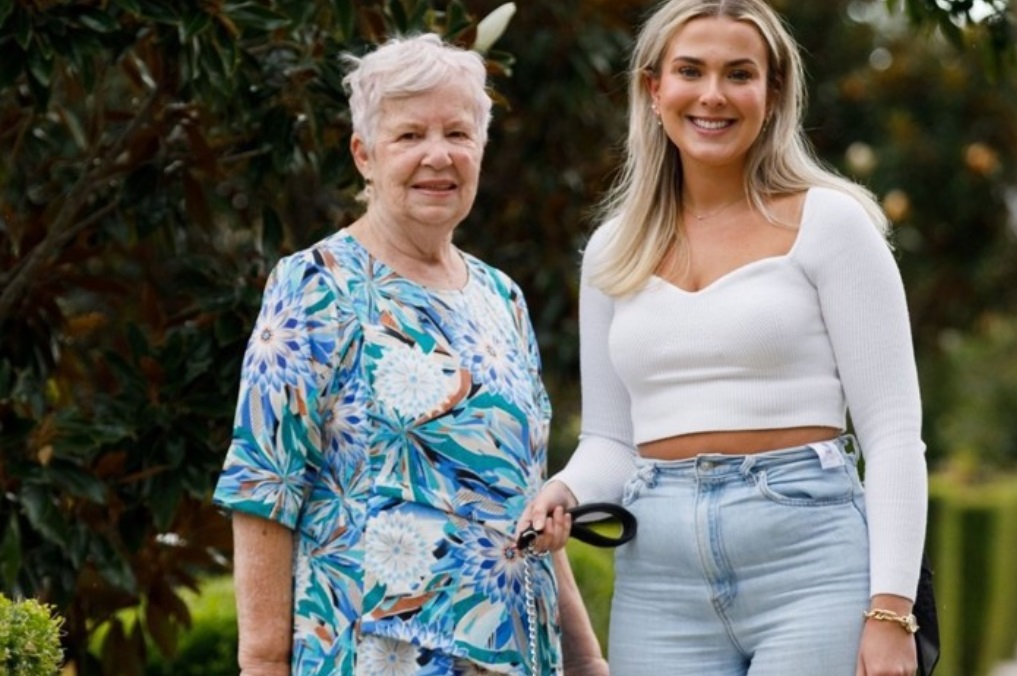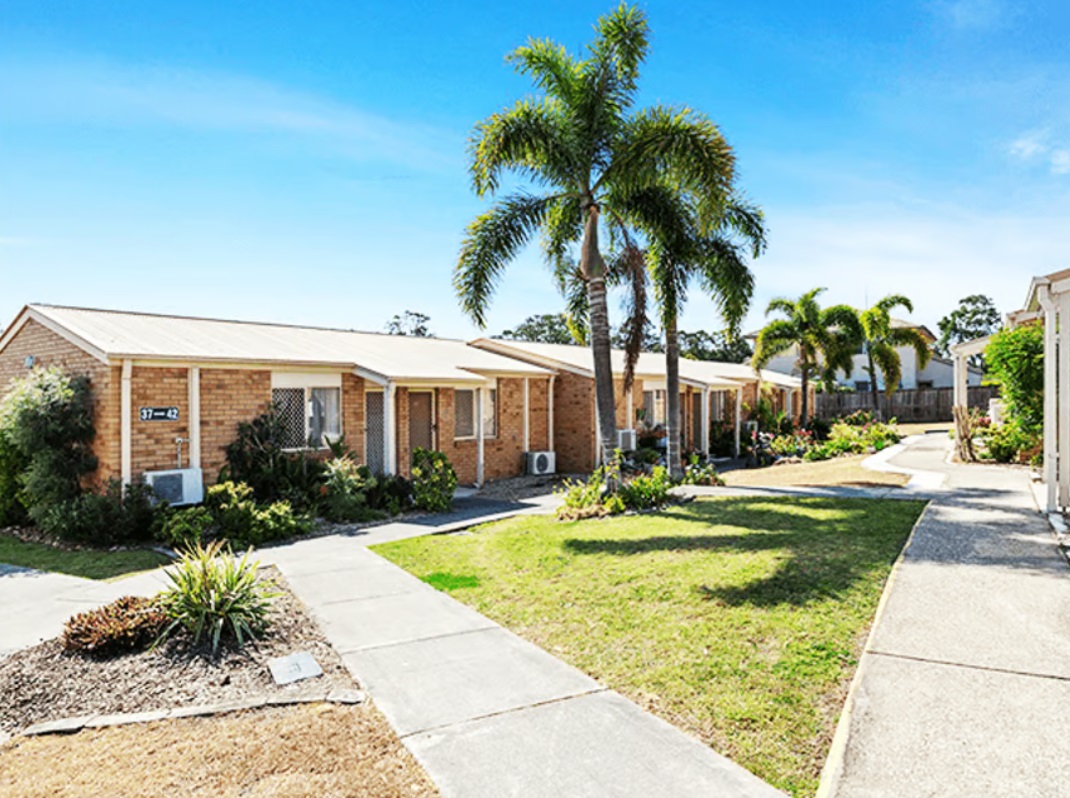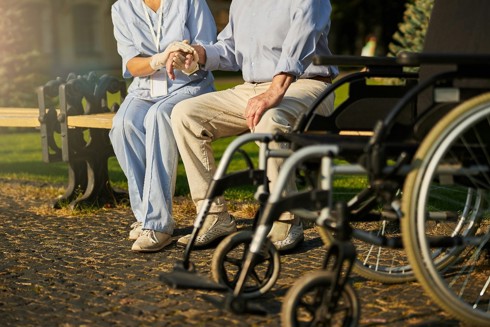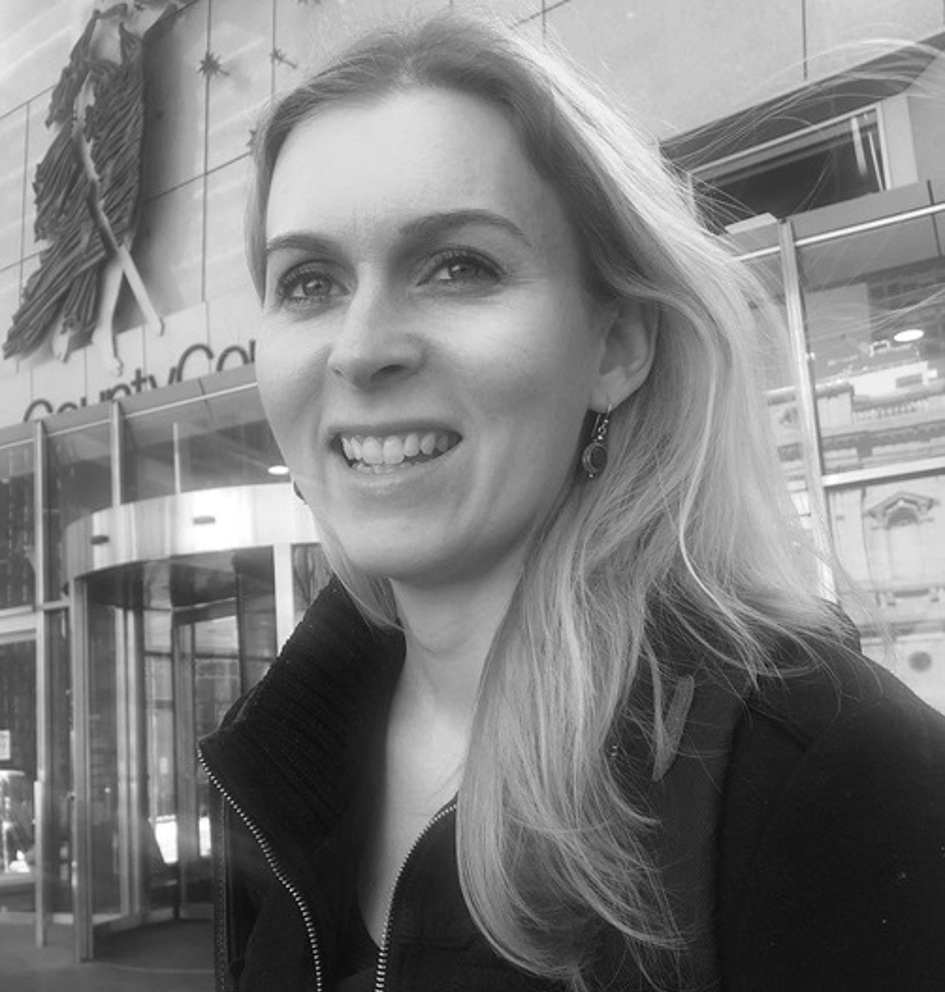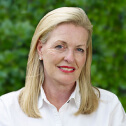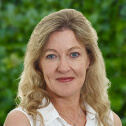Peak body calls for nurses’ voices to be heard in aged care reform
26/04/2023
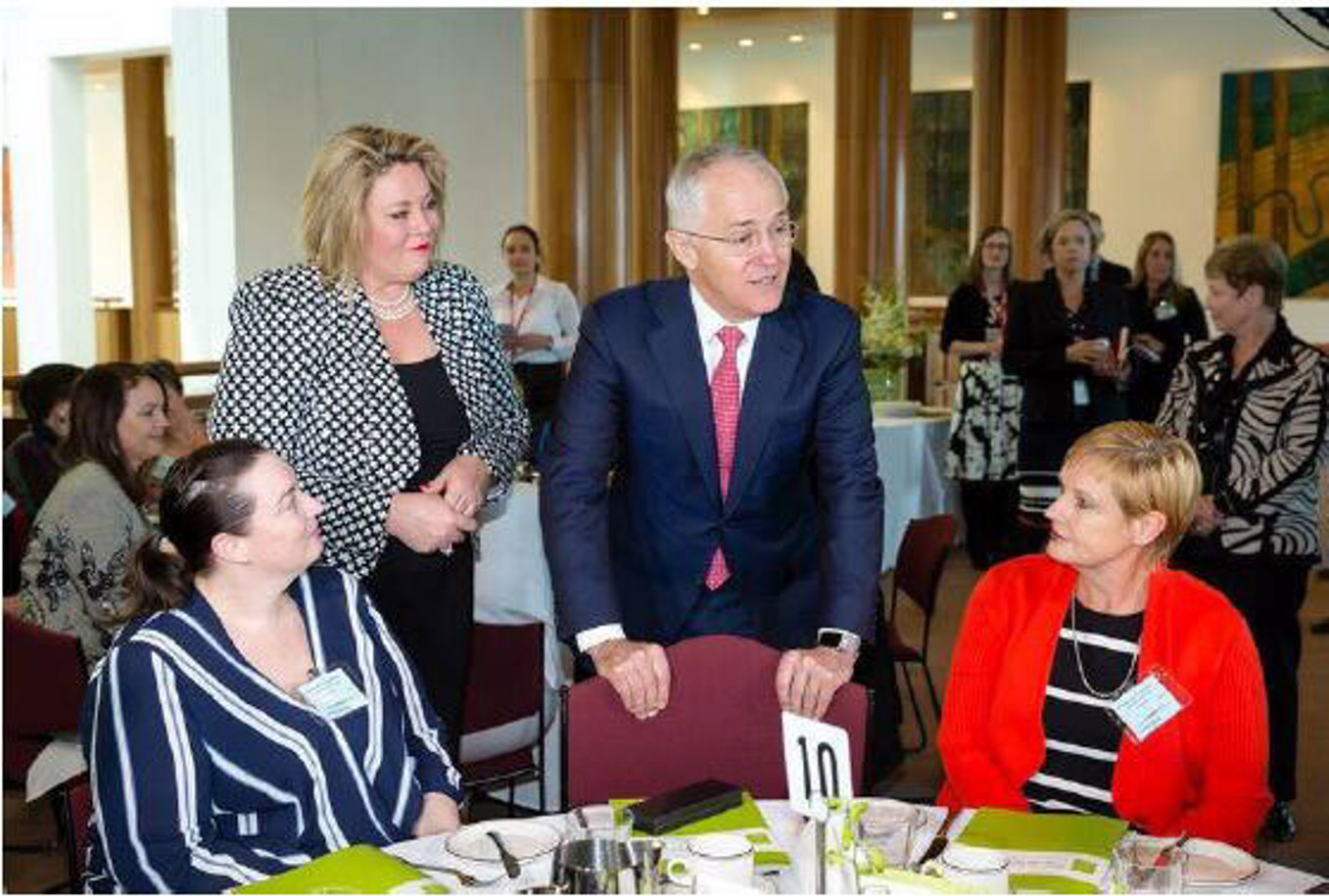
With $1.2 billion cuts to aged care funding this year, and home care set to see considerable changes in February 2017, the Australian College of Nursing (ACN) is pushing for nurses to be given a greater say in our changing health and aged care sectors.
So what is the key to their plan?
They have released a white paper titled ‘Nurses are Essential in Health and Aged Care Reform’ designed to highlight the critical role our 360,000 nurses play in the health system – and encourage the Federal Government and healthcare groups to invite nurses to the table when it comes to implementing new reforms.
“As the largest group of health professionals, nurses are well-placed to advocate for improved patient outcomes in aged care,” Adjunct Professor Kylie Ward, the CEO of CAN, said.
It’s true our increasingly ageing population, together with higher rates of chronic disease, is only going to increase the demand for health, and in particularly, nursing care.
In 2015, the Intergenerational Report estimated that in the next 40 years the number of people over 65 will have doubled, with over 40,000 people living beyond a century. By the time the Baby Boomer generation reached their 80’s in the 2020s, the aged care sector will already be under considerable strain to provide enough workers to look after them.
But data is already suggesting we won’t be able to, with a shortage of 120,000 nurses predicted by 2030.
A changing workforce
It’s why the ACN is using the paper to urge the relevant bodies to help it create a nursing workforce that will be able to deal with the challenges of the future. These include caring for the increasing number of older people living with dementia, people from different backgrounds including the Aboriginal and Torres Strait Islander populations; and the changing digital health environment.
The report also highlights the current problems the nursing profession faces in recruiting and retaining staff, particularly in aged care. Disparity of wages across the aged care, health and disability sectors; a lack of consistency in the supervision in new graduates in aged care; the cost of accessing workforce development programs for staff, especially in rural and remote locations; and the need for English language training for NESB workers and diversity training for all carers, have all contributed majorly to a sector that is now struggling to attract suitable and skilled workers.
Prof. Ward acknowledges there is a negative view of the aged care sector in some parts of the community too, especially when it comes to younger people thinking about a career in the industry.
“Nurses need good support in their workplaces and we need targeted recruitment campaigns that focus on the benefits of working in aged care,” she said. “There are many wonderful things about working in aged care and these need to be promoted to a greater extent.”
Country areas struggling to get skilled care
Prof. Ward has also touched on the need for more incentives to attract nurses to rural and remote areas.
“Nurses often have to work by themselves and without always having access to the equipment and support that nurses in other areas, particularly in urban areas, have,” she says. “However, working in rural and remote areas is incredibly enriching and rewarding.”
She points to Queensland Health and the financial incentives it offers to staff, which include free or subsidised accommodation with over 120 hospitals and health care facilities; up to $2,500 in professional development allowance; minimum of 2 weeks paid professional development leave; appointment and relocation costs paid; fly in – fly out arrangements; and bonus payments for each year of service.
“I think more can be done to promote the lifestyle benefits of living in these areas and the strong connections to the local communities that are formed,” she adds.
The need for more nurse practitioners
Another important area the white paper focuses on is the fact there are only 1300 nurse practitioners in Australia, though they can play a critical role in aged care overseeing clinical management.
In nursing homes, they play a unique role in caring for patients and are often the most experienced health professional working regularly with residents.
They are also able to work closely with GP’s and other health professionals and service providers and can increase the range of services in aged care, such as services in palliative care, diabetes management and care and management of people with dementia and behavioural and psychiatric symptoms of dementia (BPSD).
“These services are not offered on a consistent basis within aged care,” Prof. Ward says. “Incentives and innovative models of care that would allow the sector to improve access to specialist nursing services, would assist in meeting the growing demand for services resulting from the ageing population.”
The report also focuses on the need to invest in mentoring and professional development to encourage more nurses to take on leadership roles, arguing that quality health and aged care can only be possible if nurses are supported and encouraged to work to their full capability.
A seat at the table
Presented to Parliament at a breakfast in October, Prime Minister Malcolm Turnbull responded to the report with an assurance to strengthen the nursing workforce: “The health sector faces great workforce challenges … Nurses represent over half of the Australian health and aged care workforce. Yet a number of reports predict we will not have enough nurses and particularly not enough mental health nurses to meet our needs into the future,” he said.
“We have to work together to ensure that we create the right policy settings, make smart decisions about how we spend money and importantly find the best way to use the skills and experience of nurse practitioners, registered nurses, midwives and enrolled nurses.”
Let’s hope the Government can live up to its promise and ensure the best care for older people in our community into the future.
You can read the paper on their website here.


